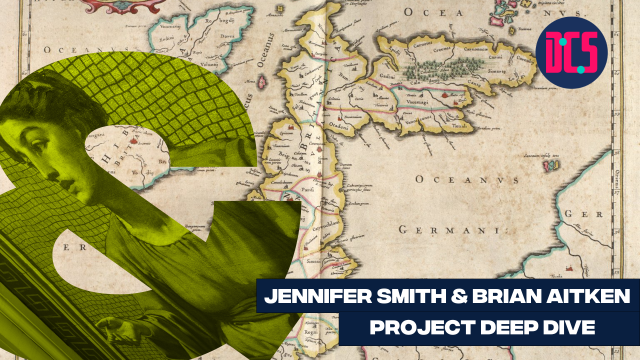Machine Learning with Python

Machine learning is the field that teaches machines and computers to learn from existing data to make predictions on new data: Which of your customers will take their business elsewhere? Is a particular email spam? In this course, you'll learn how to use Python to perform basic supervised and unsupervised learning. You'll learn how to build predictive models, tune their parameters, and determine how well they will perform with unseen data—all while using real-world datasets. You'll be using Scikit-learn, one of the most popular and user-friendly machine learning libraries for Python.
-
The first two sessions will be devoted to supervised learning: classification and regression.
-
The last two sessions will cover unsupervised learning: clustering and dimensionality reduction techniques
This course will follow Datacamp’s Machine Learning Fundamentals skill track.
This is an intermediate level course. Intermediate sessions explore specific aspects of the method (libraries, tools etc.) and offer more in-depth understanding of the course topics, without introducing the basics. Some previous knowledge of python and notebooks is required to be able to follow the content.
After taking part in this event, you may decide that you need some further help in applying what you have learnt to your research. If so, you can book a Data Surgery meeting with one of our training fellows.
More details about Data Surgeries.
To attend this course, you will have to join the associated Microsoft Teams group. The link to join the group will be sent to the attendees prior to the course start date, so please make sure to do so in advance.
If you’re new to this training event format, or to CDCS training events in general, read more on what to expect from CDCS training. Here you will also find details of our cancellation and no-show policy, which applies to this event.
Return to the Training Homepage to see other available events.












